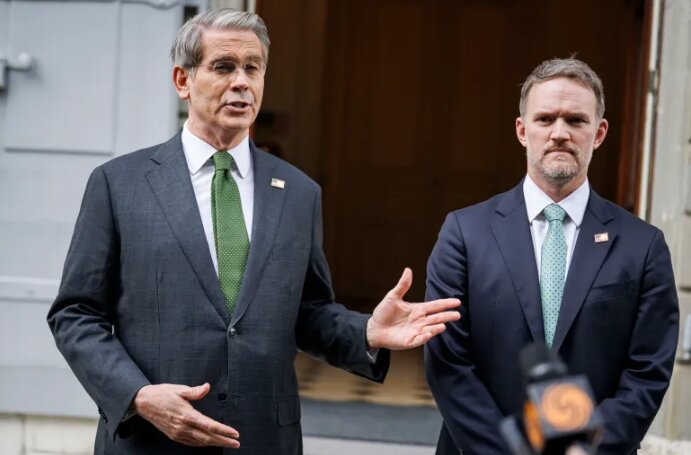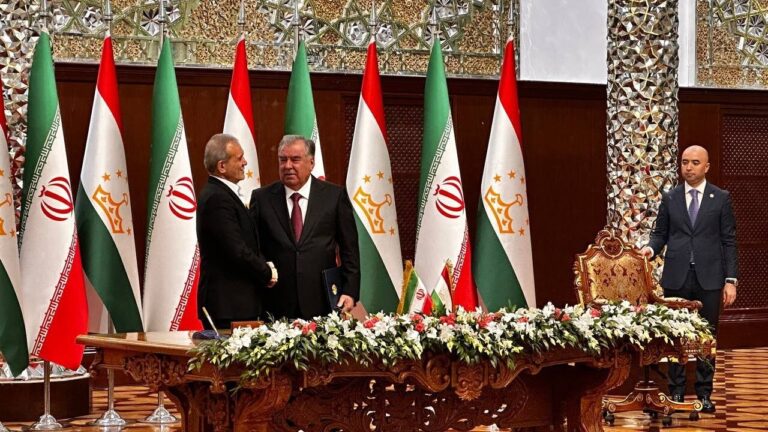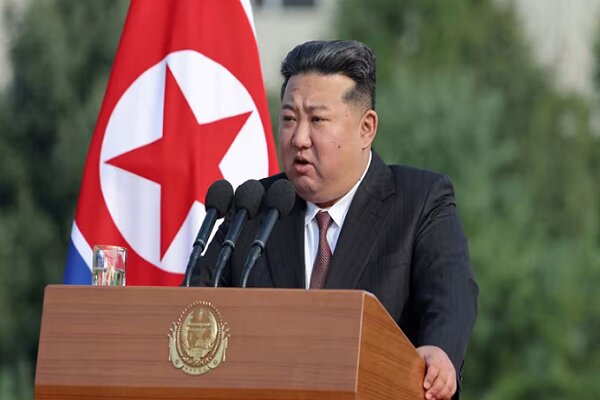US and China Strike Historic Deal to Dramatically Reduce Tariffs!
The recent announcement regarding the tariff reductions between the United States and China marks a significant development in global trade relations. Following extensive negotiations in Geneva, Switzerland, officials from these two economic powerhouses have achieved what they describe as “substantial progress” in their ongoing trade discussions.
According to a joint statement released after the negotiations, effective by May 14, the US will lower its tariffs on Chinese goods from 145% to 30%. In response, China will also reduce its tariffs on American imports from 125% to 10%. This reciprocal action reflects the commitment of both nations to foster a more balanced and constructive economic relationship.
Key points from the joint statement include:
- A Sustainable Relationship: Both countries acknowledged the necessity of a sustainable, long-term, and mutually beneficial economic and trade relationship.
- Establishment of a Mechanism: A new mechanism will be created to facilitate ongoing discussions about economic and trade relations, co-led by Chinese Vice Premier He Lifeng and US Treasury Secretary Scott Bessent along with US Trade Representative Jamieson Greer.
- Flexible Meeting Locations: The discussions may occur alternately in China and the United States or in a mutually agreed third country.
- Working-Level Consultations: As needed, both parties may engage in working-level consultations to address relevant economic and trade issues.
This development is viewed positively by global investors, who are hopeful that the de-escalation of the trade war, initially ignited by former US President Donald Trump’s significant tariffs, will stabilize financial markets that have experienced volatility, disrupted supply chains, and heightened fears of economic recession.
In response to the announcement, stock market futures surged, indicating investor optimism. Notably:
- Dow Futures: Increased by more than 2%
- S&P 500 Futures: Rose nearly 3%
- Nasdaq Composite Futures: Jumped over 3.5%
Asian markets mirrored this bullish sentiment, with Hong Kong’s Hang Seng index gaining more than 3%. These promising movements in the stock market are reflective of a broader expectation that the reduction of tariffs will lead to improved trade flows and economic stability.
Experts suggest that this thaw in relations could pave the way for more comprehensive trade agreements in the future, fostering an environment conducive to growth and collaboration. As both nations continue to navigate their economic partnership, the establishment of regular discussions is crucial for addressing any emerging issues that may arise.
As the situation evolves, the focus will likely shift towards how these tariff reductions will affect various sectors, supply chains, and consumer prices in both countries. Businesses will be closely monitoring the developments to adjust their strategies accordingly. The collaborative efforts showcased in the negotiations symbolize a shift towards a more cooperative approach in international trade, which could benefit economies globally.
In conclusion, the reduction of tariffs between the United States and China is not merely a financial adjustment; it represents a strategic move towards rebuilding trust and stability in global trade. The ongoing dialogue between these two nations will be essential in mitigating future trade tensions and ensuring a prosperous economic landscape. Investors, businesses, and policymakers alike will be watching the results of this agreement closely, as it may signal a new chapter in US-China relations.
As the world’s two largest economies work toward a more harmonious trading partnership, the implications of these changes could resonate far beyond their borders, influencing global markets and economies in the years to come.






